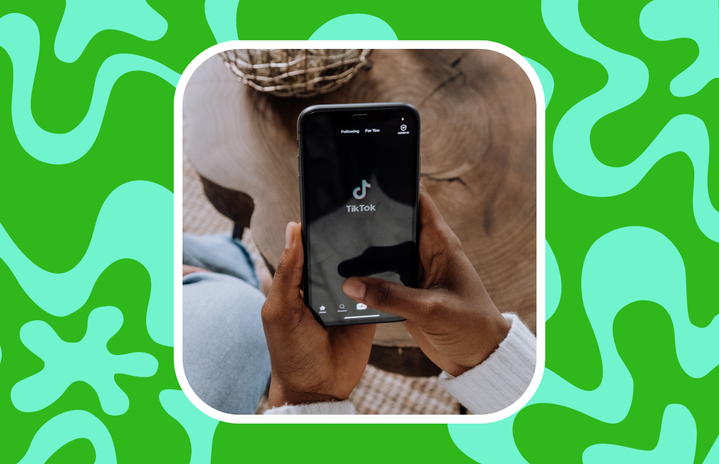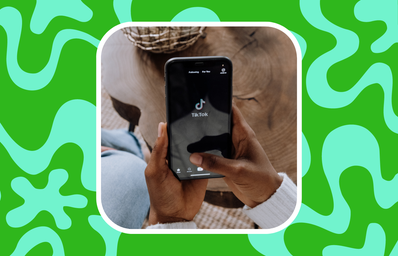Over the last few years, TikTok has proven to be a powerful tool for rising and established artists alike. Many songs have gained traction organically, whether it has been through new dances or sound trends. It has also become a top priority for record labels and their artists.
One of the better-known cases of organic popularity can be seen in the heavy use of tracks from Doja Cat’s 2019 album, “Hot Pink.” Several of her songs were widely popular, including “Say So” and its dance trend, “Rules” as a commonly used sound, and “Streets,” which gained popularity long after its initial release. In particular, “Streets” gained significant attention through its use in the “silhouette challenge.” This sparked Doja Cat and her team to release an unplanned music video for the track, further bolstering its popularity.
While this success is highly sought after by many artists, some have felt increasing pressure to act as influencers instead of musicians. Artists like Halsey have taken to the platform to express their discontentment with record labels forcing them to create TikToks before they are allowed to release singles. The issue of whether or not they should be forced to utilize the platform at the expense of their mental health and time has become a highly debated topic.
For other artists, using their music in TikToks has been a rewarding task. Artist Lizzie McAlpine has recently achieved massive success after her song “Ceilings,” became one of the most used sounds on the platform. It has accompanied footage of users dramatically running through scenic backgrounds while singing the lyrics, and it eventually led to the artist performing on the Tonight Show.
In the last year, some of the most popular songs on Tiktok include “Bad Habit” by Steve Lacy, “Anti-Hero” by Taylor Swift, and “Escapism” by Raye.


